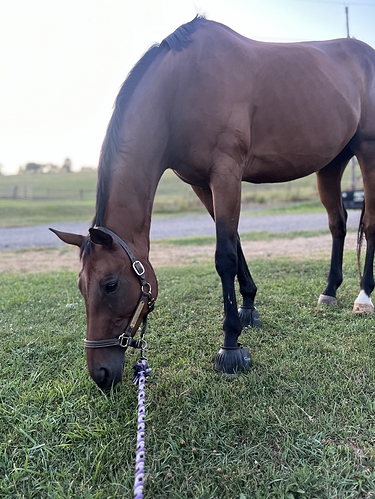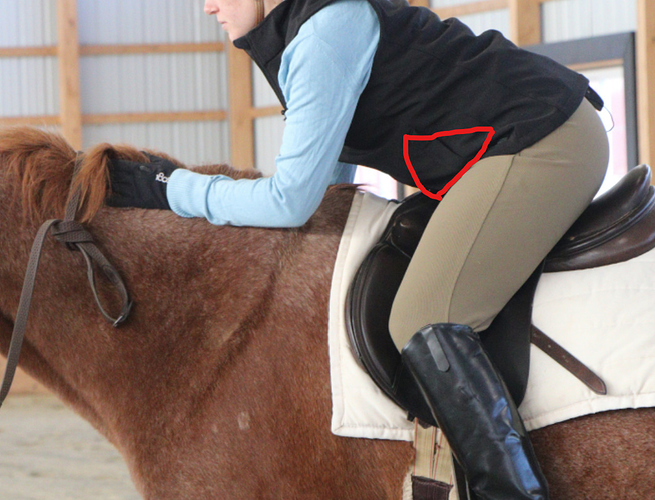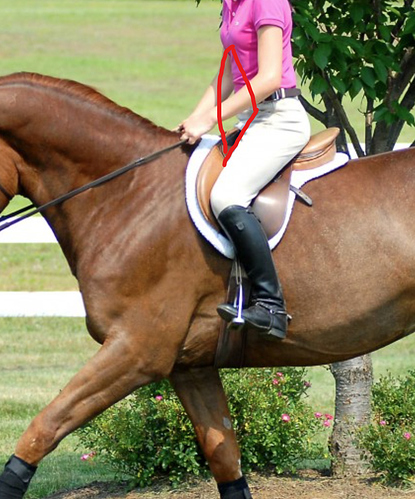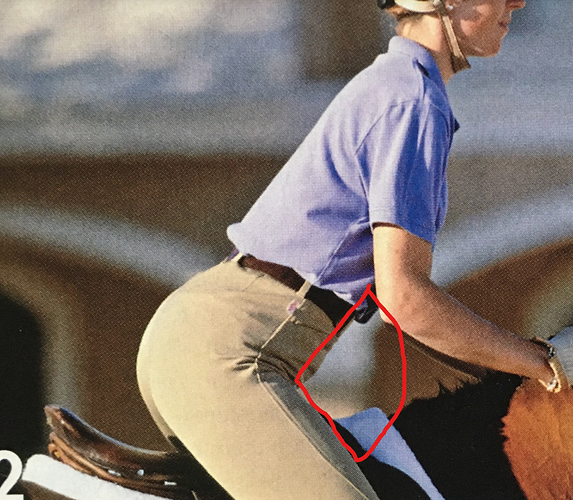Long story short… HELP.
I’m an eventer. I’m not aiming for LA28 but I like to think I’m a fairly competent and sympathetic rider, almost to a fault. So what brings me to the H/J forum? I’ll tell you. I have an OTTB who is the quintessential hunter. She’s lovely. So here I am. Let me tell you. I suck at huntering. It’s very humbling. I’m making my lovely sweet mare hate me and it’s breaking my heart.
I’m taking lessons from someone who is more than capable of whipping me into shape, and I will ultimately defer questions to her, but first I must over analyze.
Where do I put my hands? No but seriously. It’s seems so simple, but where do I put my gosh darn hands. She’s sensitive (i sold her, took her back, yada, yada, trauma) so I’m told not to touch her face, but then my reins are too long. I’m confused. Is this something I need to clarify with my trainer or is this like the basics that I just can’t grasp?
Is it normal to feel like you’re unbalanced and out of control coming down a line when they’re green? I get it, stay out of their way, but I have had more near death experiences trying to canter a figure eight than I have over intermediate cross country.
The half seat, or is it two point? Do we half seat, or two point? I have a hot seat, and my little pea brain is in overdrive, so I think my seat is making matters worse. I generally ride long because I was born with dislocated hips and naturally have more tension than a normal person should. I try not to use physical ailments as an excuse, but I can seem to get my butt back in a half seat, but if I’m in two point I feel like my body is totally ineffective.
Break it down for me because I think I’m going to cry. I love this mare and I want to do her justice, but i feel like I’m ruining her. I am really good at self-loathing.







